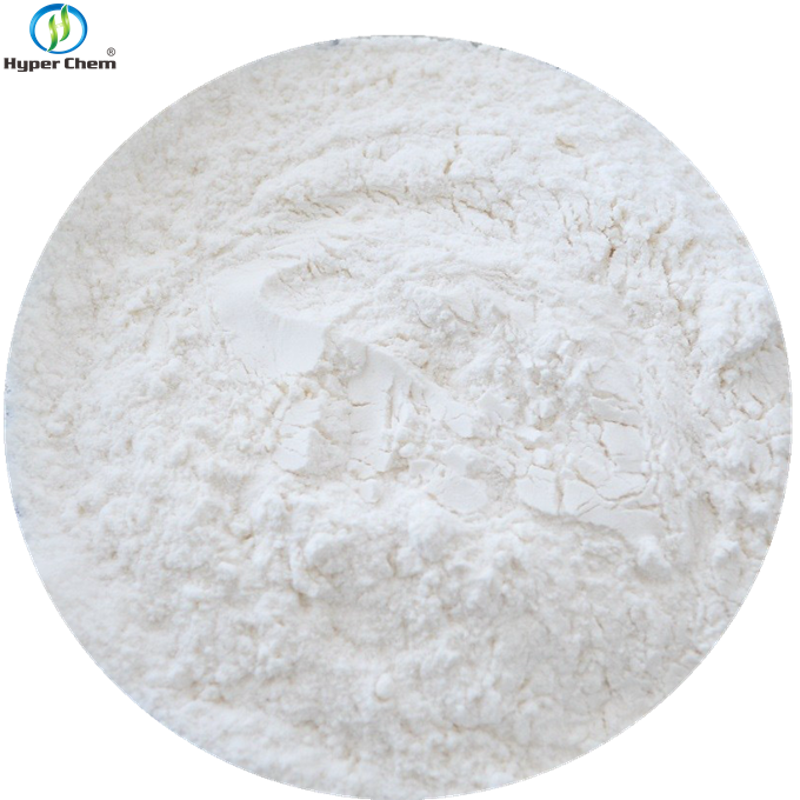-
Categories
-
Pharmaceutical Intermediates
-
Active Pharmaceutical Ingredients
-
Food Additives
- Industrial Coatings
- Agrochemicals
- Dyes and Pigments
- Surfactant
- Flavors and Fragrances
- Chemical Reagents
- Catalyst and Auxiliary
- Natural Products
- Inorganic Chemistry
-
Organic Chemistry
-
Biochemical Engineering
- Analytical Chemistry
-
Cosmetic Ingredient
- Water Treatment Chemical
-
Pharmaceutical Intermediates
Promotion
ECHEMI Mall
Wholesale
Weekly Price
Exhibition
News
-
Trade Service
▎WuXi AppTec content team editor
"The left brain is responsible for rational thinking, and the right brain is responsible for creativity
.
" Many people were, and still do, believing statements like this to be true
.
This is because, for a long time, the study of the brain has tended to divide the brain into several regions, each studying the function of
individual brain regions.
But now, many neuroscientists say it's time to improve our understanding of how the brain works in a new way: the key to brain functions is not in one brain region, but in the communication
between different regions.
Each person's brain is made up of hundreds of billions of neurons, each connected to thousands of other neurons, and neurons and their intricate connections together form a vast "internet" that forms the basis of
behavior and cognition.
Scientists have come up with a concept called connectome to synthesize how neurons and brain regions are connected
to each other.
The latest issue of Science uses four reviews to bring us the latest insights about brain connectivity from multiple
perspectives.
Scientists believe that through new perspectives on brain connectivity, we'll better understand why everyone's brain is different
.
In the first review, two neuroscientists summarized the relationship between brain connectivity and function, stating that "brain connections determine the functional organization of the brain.
"
Authors Michel Thiebaut de Schotten, PhD, and Dr.
Stephanie Forkel emphasize that brain connections are not just signaling between brain regions, but can zoom in or out of signals and determine the structure and function
of the brain.
Behavior and cognition arise through the interaction of regions of the cerebral cortex, which requires the coordination and integration
of regions near and far with the help of densely connected neural networks.
"In the case of language," Dr.
Makel says, "the result is always greater than the sum
of the parts.
" When communicating, you need to understand the words in a particular context very quickly and consider the emotional intent
depending on who you are talking to.
If the brain worked in a 'modular' way, we wouldn't be making calculations
about these different linguistic elements in such a short period of time.
”
Compared with the traditional model of understanding the brain in modules, understanding the brain in terms of brain connections will better reveal the differences between
individuals.
Figuring out the differences in brain connections between people, as well as differences in brain connections between species and species, will help understand the various cognitive characteristics of the brain and how the brain evolves
.
On the other hand, various brain lesions can also be re-recognized from the perspective of interrupted connections, such as the loss of the connection between the visual network and the language network, which leads to aphasia
.
New ways of understanding may have a great impact on
clinical treatment.
"There are patients with some brain lesions who don't have any symptoms, or have symptoms that you don't expect
.
In one study, we looked at how lesions affect brain networks across the brain, and we can show that by connecting patterns we can make long-term predictions
about what symptoms a patient will have or which symptoms will emerge a year from now.
Dr.
Fortel said
.
The second review highlights advances
in the study of the structural connections of the human brain.
The authors emphasize that to fully understand the connectome, brain connections need to be treated as a multi-scale system, and measurements at different spatial scales are indispensable
from the molecular, cellular level, to the macro level.
The scientists also discuss how emerging imaging techniques can help expand understanding of connectomes, such as diffusion magnetic resonance imaging (dMRI) and tractography, while combining machine learning and computational simulations to predict
where experimental data is missing.
In the third review, Professor Jin Hyung Lee of Stanford University and colleagues explore some of the insights that recent advances have brought about brain circuit function and disorders
.
These advances, including cell type-specific neuromodulation, whole-brain functional imaging, and computational modeling, can be used to develop new ways to mimic brain function in order to understand the brain-wide circuitry mechanisms of neurological diseases such as Parkinson's disease, paving the way
for the development of new therapies in the future.
The authors of the final review summarize the experimental techniques currently used to map brain connections at different scales on rodent models and discuss how different data sets can be combined to create a three-dimensional brain reference atlas
.
"The brain is not just the cells
that make it up.
Every neuron in the brain is connected to thousands of other neurons – but what we have is not a noisy connection, but a symphony of synchronization
.
Without smoothly running connections, the brain is just a pile of neurons
.
Dr.
Peter Stern, senior editor of Science magazine, concludes in this collection of episodes on brain connections that through the lens of "connections," we will gain a new understanding
of how the human brain works.
Resources:
[1] Michel Thiebaut de Schotten & Stephanie J.
Forkel Science (2022).
The emergent properties of the connected brain.
Doi: 10.
1126/science.
abq2591
[2] Markus Axer & Katrin Amunts Science (2022).
Scale matters: The nested human connectome.
Doi: 10.
1126/science.
abq2599
[3] Jin Hyung Lee et al.
, Science (2022) Solving brain circuit function and dysfunction with computational modeling and optogenetic fMRI.
Doi: 10.
1126/science.
abq3868
[4] Trygve B.
Leergaard & Jan G.
Bjaalie Science (2022) Atlas-based data integration for mapping the connections and architecture of the brain.
Doi: 10.
1126/science.
abq2594
[5] New view on the brain: It’s all in the connectionsRetrieved Nov.
4, 2022 from style="margin-bottom: 0px;white-space: normal;line-height: normal;">







